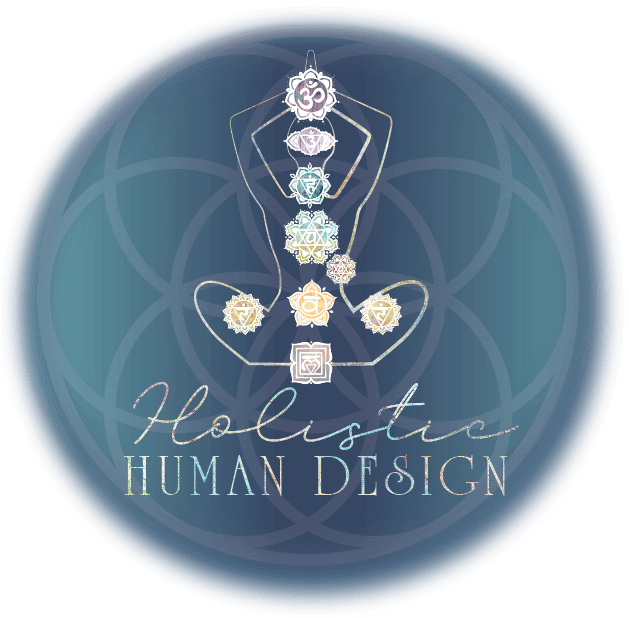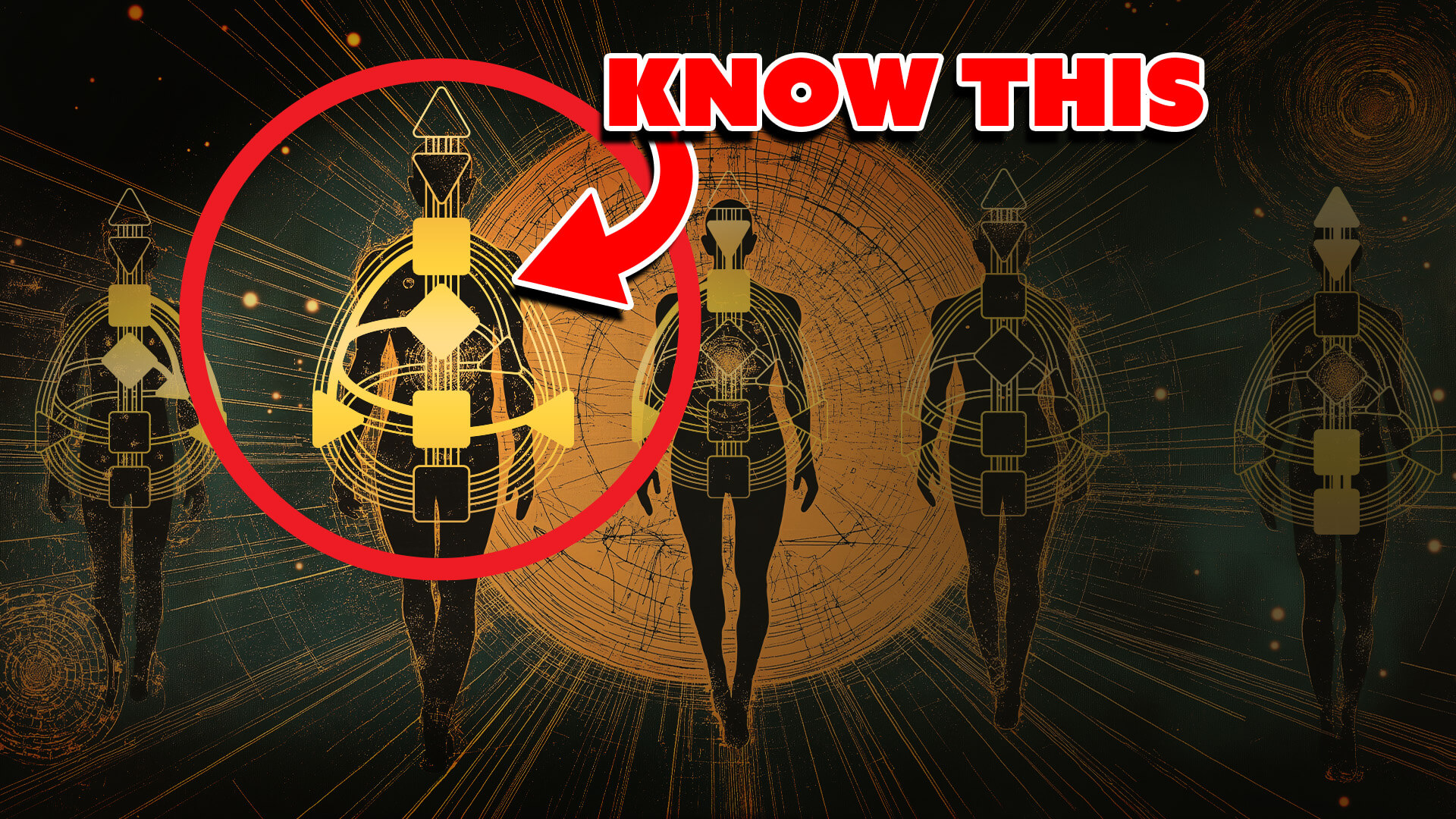A Complete Beginner’s Guide to Your Energetic Blueprint
Have you ever felt like you’re trying to navigate your life using someone else’s operating manual? That’s because you probably are! If you’re struggling to understand your Human Design chart—those confusing symbols, colored centers, and mysterious numbers—you’re not alone. Today, we’re breaking down Human Design in a way that most experts won’t tell you.
What Human Design Actually Is (But No One Explains It This Way)
Think of Human Design as an operating system for your consciousness. Just like your phone or computer needs iOS or Windows to function, your consciousness (and soul) needs an interface to navigate this physical reality.
Here’s the game-changing perspective: Your consciousness is the software, and your physical body is the hardware. Human Design is simply the operating system that allows them to work together.
And while Ra Uru Hu (the founder of Human Design) said “you have no choice” about your design, what he meant was that your operating system is fixed—but how you experience life within that system has incredible variation.
The Four-Part Formula to Understanding Your Chart
1. The Astrological Foundation
Your Human Design chart comes from two key moments:
- Your actual birth time (conscious personality – black numbers)
- 88 days before your birth (design/unconscious – red numbers)
These two moments create a snapshot of planetary positions that activate specific gates in your chart.
The body graph—the weird-looking figure with colored shapes—is actually derived from placing the I Ching hexagrams onto the zodiac wheel. The planetary positions at those two key moments “light up” specific gates on this map, creating your unique energetic blueprint.
2. Centers: The Chakra Connection
The nine centers in Human Design are actually adapted from the traditional seven chakras. They represent consistent (defined/colored) or inconsistent (undefined/white) energies in your life.
Here’s how the seven chakras evolved into nine centers:
- Root chakra → Root center (pressure to know)
- Sacral chakra → Sacral center (life force, sexuality, response)
- Solar plexus chakra → Split into two: Emotional Solar Plexus (emotions, waves) and Splenic center (intuition, survival, health)
- Heart chakra → Split into two: Ego/Will center (earthly heart) and G center (higher heart, direction, love)
- Throat chakra → Throat center (expression, manifestation)
- Third eye chakra → Ajna center (conceptualization, thinking)
- Crown chakra → Crown center (inspiration, divine connection)
Defined (colored) centers represent consistent, reliable energies. Undefined (white) centers are more fluid and adaptive—they’re not “weaknesses” as some might tell you, but places of potential wisdom and learning.
3. Channels: The Highways of Energy
When gates connect across centers, they form channels—consistent flows of energy that define who you are. These channels light up the centers they connect, creating your unique pattern of definition.
For example, if you have gates 18 and 58 defined (the Channel of Judgment), you might naturally be critical and discerning. This isn’t good or bad—it’s simply part of your operating system.
4. Lines: Your Profile and Role
Your profile comes from the line numbers in your conscious and unconscious Sun/Earth gates. These lines (numbered 1-6) correspond to different archetypal roles:
- Line 1: Foundation, research, insecurity about knowledge
- Line 2: Natural talent, being seen, privacy
- Line 3: Trial and error, experimentation, resilience
- Line 4: Networking, community, influence through relationships
- Line 5: Universal wisdom, leadership, projections from others
- Line 6: Role model, observer, wisdom through lived experience
These lines aren’t just random—they actually follow the same pattern as the chakras from root (1) to third eye (6).
Why DIY Understanding Beats Expensive Readings
Human Design readings are great, but there’s a profound difference between knowledge (information from others) and gnosis (deep self-knowledge). When you understand your own chart, you develop the most meaningful insights about yourself.
Think about it: have you ever tried to use someone else’s phone or computer? It feels clunky and unfamiliar. That’s how it feels trying to understand your design through someone else’s interpretation. Learning your own “operating manual” gives you true empowerment.
The Real Benefit of Understanding Human Design
When you truly understand your Human Design, you start making the unconscious conscious. This awareness allows you to:
- Shift your internal reality instead of blaming external circumstances
- Make choices aligned with your authentic design
- Experience synchronicities and “magical” manifestations
- Release resistance to your natural way of being
This transformation doesn’t happen overnight. Like yoga, meditation, or learning an instrument, understanding your Human Design is a practice—one that becomes more intuitive and rewarding with time.
Beyond the Types and Strategy
You’ve probably heard about being a Generator, Projector, Manifestor, or Reflector. You might know about “strategy” and “authority.” These concepts are useful shortcuts, but they’re just the beginning.
Human Design isn’t meant to put you in a box—it’s meant to free you from the boxes society has already put you in. Your chart reveals the multidimensional nature of your consciousness, showing you paths for growth beyond simplistic labels.
Each gate in your chart contains shadow aspects, gifts, and higher expressions of consciousness. As you work with your design, you can move from reactive patterns to conscious choices.
Making Human Design Practical
The most powerful way to work with Human Design isn’t through memorizing facts and definitions—it’s through connecting the themes to your actual lived experience.
As the author noticed with her defined Channel of Judgment (gates 18-58), her tendency to be overly critical and perfectionist nature is the perfect arena for inner work and healing. Or even noticing how her undefined G Center creates questions about which life direction to take that would be most beneficial, the system comes alive.
This experiential understanding transforms Human Design from an intellectual curiosity into a practical tool for self-awareness and life navigation.
The Holistic Perspective
Human Design is just one piece of a larger puzzle of self-knowledge. It incorporates elements from the I Ching, astrology, Kabbalah, chakra system, and quantum physics—but it doesn’t replace your intuition or personal truth.
If something in your chart doesn’t resonate, trust yourself. This system is a tool for liberation, not limitation. It’s meant to enhance your connection to your authentic self, not dictate who you are.
Your Next Steps
If you’ve made it this far, congratulations! You now understand more about the mechanics of Human Design than most people ever will. Rather than focusing on memorizing gate meanings or getting caught in the terminology, start noticing these patterns in your daily life:
- Where do you feel consistent energy (defined centers)?
- Where do you feel more variable (undefined centers)?
- How do your profile lines show up in your approach to life?
- What happens when you honor your natural design versus trying to be something you’re not?
Remember, Human Design isn’t the destination—it’s a map for your journey of self-discovery. The real magic happens when you bring awareness to your daily choices and learn to trust your authentic nature.
Your unique design is waiting to be lived, not just understood.
Ready to dive deeper into your Human Design?
Connect with our resources that make understanding your chart intuitive and practical, helping you embody this knowledge rather than just collecting more information.

